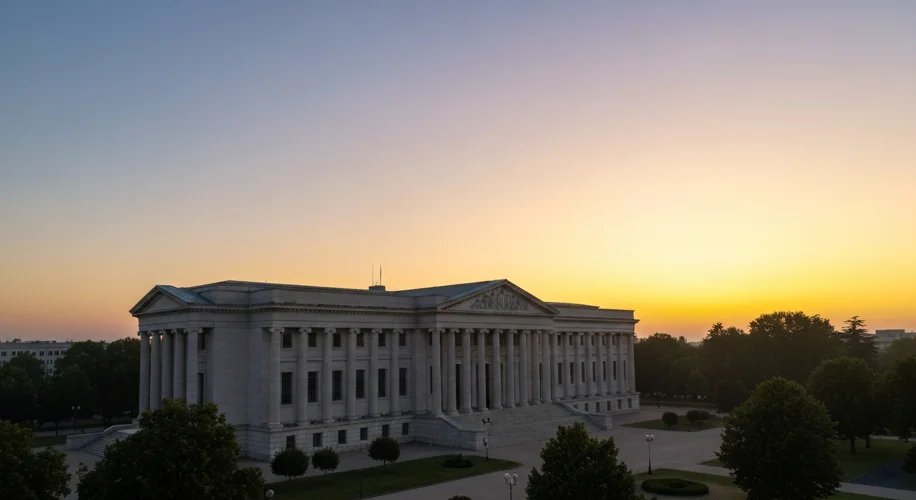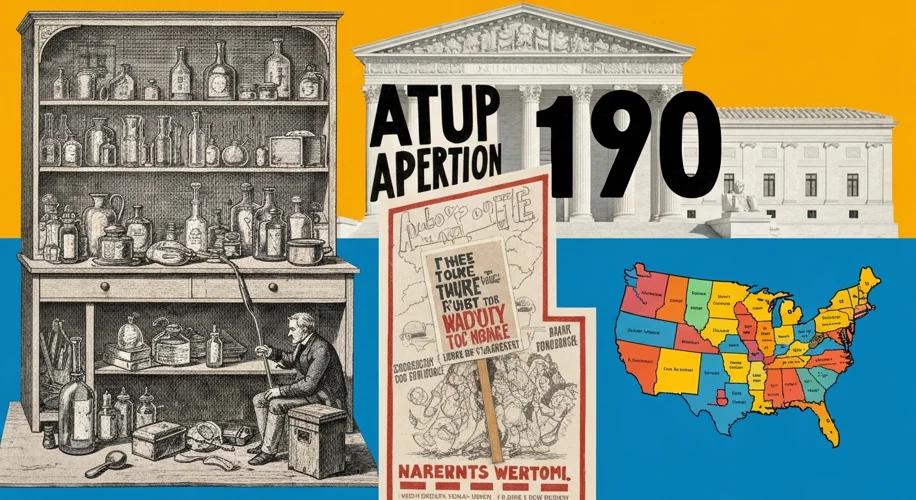The story of abortion rights in America is not a straight line, but a turbulent river, carving its path through centuries of law, culture, and deeply held beliefs. It’s a tale that stretches from a time when women often managed their reproductive lives in secret, through landmark legal battles, to the precipice of profound change.
In the early days of the United States, abortion was largely unregulated. The common law tradition, inherited from England, generally permitted abortion before “quickening” – the first time a pregnant woman felt fetal movement, typically around the 16th to 20th week of pregnancy. This was less about a woman’s autonomy and more about a legal understanding of when a “life” truly began. Medical understanding was rudimentary, and women relied on folk remedies, often passed down through oral tradition, to terminate pregnancies. These methods could be dangerous, involving herbal concoctions, strenuous physical exertion, or even crude surgical procedures.

The landscape began to shift dramatically in the mid-19th century. Driven by a confluence of factors – including a growing medical professionalization that sought to assert control over bodily procedures, rising concerns among social reformers about the perceived “moral decay” of society, and a nativist fear of declining birth rates among white Anglo-Saxon Protestants – states began enacting laws to restrict or outright ban abortion. By 1900, nearly every state had criminalized abortion, often with severe penalties for both the woman and the practitioner. This era saw abortion move further into the shadows, becoming a clandestine and often perilous undertaking.
The mid-20th century brought new currents of change. The burgeoning feminist movement and evolving social attitudes began to challenge these restrictive laws. Advocates argued that these bans infringed upon women’s fundamental rights to bodily autonomy, privacy, and equality. The fight was long and arduous, with various states debating and sometimes liberalizing their abortion laws, only to face backlash and further restrictions.
The pivotal moment arrived in 1973 with the Supreme Court’s landmark decision in Roe v. Wade. The court, in a 7-2 ruling, declared that a woman’s right to an abortion was protected by the right to privacy, implicit in the Fourteenth Amendment of the Constitution. Roe v. Wade established a trimester framework: in the first trimester, the decision was left to the woman and her doctor; in the second, states could regulate abortion in ways reasonably related to maternal health; and in the third, states could prohibit abortion, except when necessary to save the life or health of the mother.

For nearly five decades, Roe v. Wade served as the legal bedrock for abortion access in the United States. However, it did not end the debate. Instead, it intensified it. The decision galvanized both pro-choice and pro-life movements, leading to decades of legal challenges, legislative battles, and social activism. States enacted various restrictions, such as mandatory waiting periods, parental consent laws, and limitations on clinic access, which were often challenged in court.
The Supreme Court revisited abortion rights multiple times. Planned Parenthood v. Casey (1992) upheld Roe’s central holding but replaced the trimester framework with the “undue burden” standard, allowing for more state regulation as long as it didn’t create a substantial obstacle to a woman seeking an abortion before fetal viability.
In recent years, the legal and social landscape surrounding abortion rights has undergone a seismic shift. The appointment of conservative justices to the Supreme Court led to the overturning of Roe v. Wade in June 2022 with the Dobbs v. Jackson Women’s Health Organization decision. This ruling returned the authority to regulate or ban abortion to individual states.
The consequences of the Dobbs decision have been profound and immediate. Many states moved swiftly to enact near-total bans or severe restrictions on abortion, leading to a patchwork of access across the country. This has created significant challenges for individuals seeking reproductive healthcare, particularly for those in states with bans who may need to travel long distances, incur substantial costs, and navigate complex legal landscapes. The debate over abortion rights has intensified, becoming a central issue in political discourse and elections.
Today, the future of abortion rights in the United States remains deeply contested. The struggle is no longer confined to the courtroom but plays out in state legislatures, public opinion polls, and the deeply personal decisions of millions of Americans. The history of abortion rights is a continuous narrative, a testament to the ongoing tension between individual autonomy, evolving societal values, and the enduring quest for reproductive freedom.

